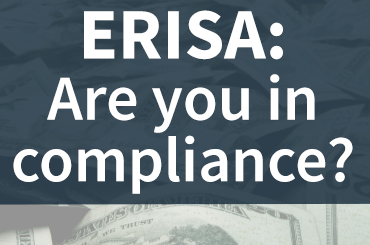California’s insurance regulator has blamed the decision of carriers that have left California or not writing new business on the effects of climate change, but insurance experts say high building costs and strict regulations that force insurers to keep rates low are the more likely culprit. Both Allstate and State Farm announced their decision to leave the state within the last month, attributing the reason for the departure to the state’s wildfire coverage costs, reinsurance premiums and high inflation. Experts also have said low profits due to these reasons is why they have left. Here is a good article on the crisis- https://dailycaller.com/2023/06/13/insurance-california-wildfires-regulations-costs
As an Independent Broker, it has become extremely difficult getting people homeowners coverage. The carriers that are writing new business are extremely picky on what property they will accept and insure. There are some cities they will not even touch, regardless how far from brush the property is located. I have many clients who are forced to remove trees, install a new roof, or put fiber cement in the eves of their roof or they lose coverage. That’s not inexpensive! I know of many people who are paying outrageous premiums and they have no choice to go elsewhere.
The California Fair Plan the insurance commissioner says is a solution for homeowners who are stuck without insurance, but see what it does NOT cover. It’s also more expensive. It is essential to note that coverage details may vary, so policyholders should refer to their specific policy documents for precise information. Here are some common exclusions from the California Fair Plan:
- Earthquake Coverage: Earthquake insurance is not included in the standard California Fair Plan policy. Homeowners in California who want earthquake coverage need to purchase a separate earthquake insurance policy.
- Flood Coverage: Flood insurance is also not part of the California Fair Plan coverage. Homeowners in flood-prone areas should consider purchasing a separate flood insurance policy through the National Flood Insurance Program (NFIP) or private insurers.
- Personal Belongings: The California Fair Plan typically provides coverage for the structure of the home, but it may not cover personal belongings or contents inside the home. For coverage of personal property, homeowners may need to obtain a separate contents insurance policy.
- Liability Coverage: Liability coverage, which protects homeowners from legal claims if someone is injured on their property, is generally not included in the standard California Fair Plan policy.
- Loss of Use Coverage: Loss of use or additional living expenses coverage, which helps with temporary living expenses if the home becomes uninhabitable due to a covered loss, may not be part of the California Fair Plan policy.
- Business Activities: If a homeowner runs a business from their property, damages or losses related to business activities may not be covered under the California Fair Plan policy.
- Maintenance-Related Issues: The California Fair Plan typically covers sudden and accidental losses, but it may not cover damages resulting from a lack of maintenance or wear and tear.
It’s essential for homeowners to review their policy documents carefully and consider additional insurance coverage to fill in any gaps in protection based on their specific needs and risks. Consulting with an insurance agent like myself can also provide valuable insights into appropriate coverage options beyond the California Fair Plan.
If you are having problems getting coverage, please contact me at 949-248-3112. Lets hope the Department of Insurance can fix this problem with the carriers now!

